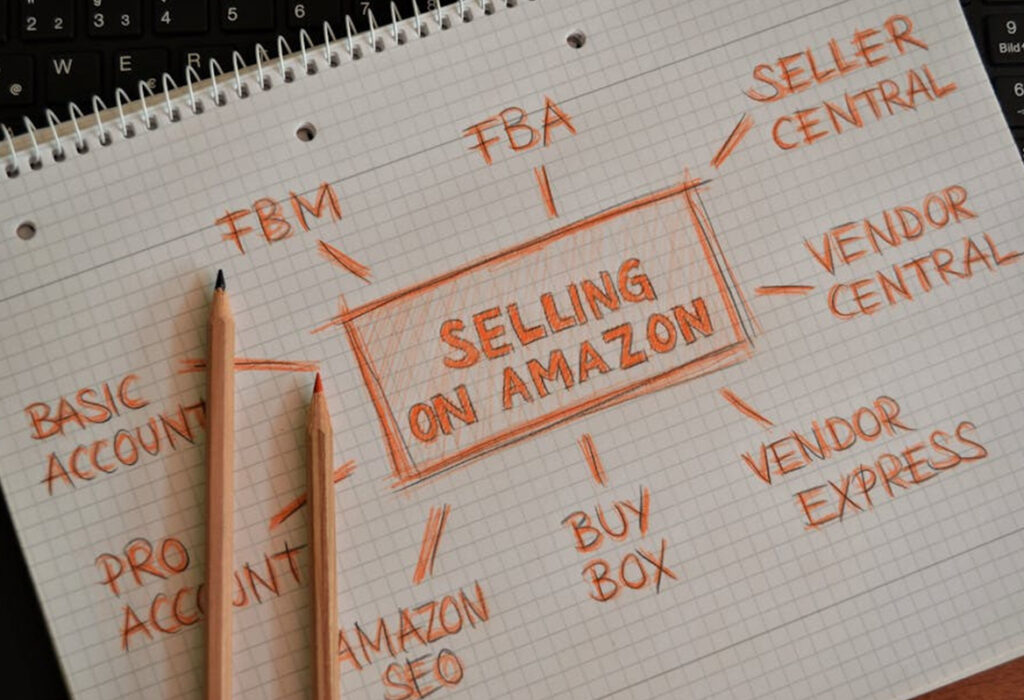Understanding Amazon Advertising
Amazon, the giant of e-commerce, offers a stellar platform not just for buyers, but for sellers too. It’s more than just listing products—it’s about smart visibility. Through Amazon Advertising, sellers can ensure their products appear right where eager customers are searching. This platform offers Sponsored Products, Sponsored Brands, and Sponsored Display ads, each tailored to showcase items directly to potential buyers. Understanding how these ads work is the first step to boosting sales growth.
Benefits of Amazon Advertising
There’s a treasure chest of benefits awaiting businesses that invest in Amazon Advertising. Let’s explore the top advantages:
- Increased visibility: Ads can propel your product listings right to the top of search results, enhancing exposure to a broader audience.
- Targeted reach: Leverage keyword targeting to connect with customers specifically interested in your products.
- Improved brand recognition: Sponsored Brands let you showcase your logo and catalog, cultivating a stronger brand presence.
- Flexible budgeting: Amazon’s advertising model allows you to set budgets that match your financial strategy—no overspending!
These benefits collectively make Amazon Advertising an invaluable component for driving your e-commerce success forward.
Crafting an Effective Advertising Strategy
When it comes to boosting your Amazon sales, a well-thought-out advertising strategy is your secret weapon. Diving into the world of Amazon ads can feel like venturing into a rainforest without a map, but don’t worry—we’re here to guide you. Let’s break down how you can craft an advertising strategy that doesn’t just work, but works wonders for your sales.
Identifying Target Audience
Your target audience is the cornerstone of any marketing strategy. Understanding who they are, what they like, and how they shop is crucial. Start by digging into demographic data such as age, gender, location, and income level. Amazon’s tools, like Audience Insights, can help you get a clearer picture of who’s shopping in your niche.
Next, think about their behavior. Are they searching for the best deals or are they motivated by premium choices? Are they first-time buyers or returning customers? Knowing these specifics will not only help tailor your ad content but will also determine where and when your ads should appear.
Lastly, don’t underestimate the power of psychographics—understand their interests and lifestyles. This will clue you in on what your ad copy should focus on, whether it’s lifestyle enhancements, solving a problem, or simply being a trend they can’t miss.
Setting a Budget
Once you know who to target, the next step is to allocate your budget efficiently. Amazon advertising comes with various pricing models, so decide how much you can invest and be prepared to adjust as you gather data.
A good starting point is allocating a monthly budget and then tracking its ROI. Ask yourself: How much can you afford to spend to acquire a single customer? If you’re just getting started, consider setting a flexible budget that allows you to ebb and flow with the ad cycles and consumer behavior changes.
Remember, it’s all about balance. You don’t want to overspend and cut deeply into your profits or underspend and miss valuable customers. Experiment with bidding strategies, whether it’s automatic, manual, or a mix, and keep an eye on which ads are giving you the best bang for your buck.
Choosing the Right Ad Formats
Choosing the correct ad format is like picking the perfect attire for a party; it needs to fit the occasion and appeal to the crowd. Amazon offers various ad formats, each serving different needs and goals.
- Sponsored Products – These ads directly promote individual listings. They’re great for improving visibility in search results and driving purchases of specific products.
- Sponsored Brands – Perfect if you want to build brand awareness. They appear across the top of Amazon search pages and can showcase several products with your logo.
- Display Ads – Use these to retarget potential customers who have shown interest in your product, ensuring you’re on their mind as they browse the web.
- Video Ads – Capture attention with short, engaging clips. Perfect for showcasing the features of a product in action, they can be a game-changer for brands with strong visual elements.
Try out different formats to see which ones resonate best with your target audience and align with your marketing objectives. Keeping track of performance metrics will guide you on scaling what works and refining what doesn’t.
Monitoring and Adjusting Ad Campaigns
Creating an Amazon ad campaign is just the first step towards achieving your sales growth goals. To truly maximize your success, it’s important to continuously monitor and adjust your campaigns. This involves keeping a close eye on performance metrics and making strategic changes based on data. Let’s explore how to fine-tune your advertising efforts to ensure optimal results.
Analyzing Campaign Performance
Before you can make any adjustments, you must understand how your campaigns are performing. Amazon provides a wealth of data through its advertising platform, which can be a goldmine of insights if you know where to look.
- Sales and Revenue Data: The most direct measure of your campaign’s success is the sales and revenue it generates. If a specific ad is driving sales, it’s potentially a model to replicate across other products.
- Click-Through Rate (CTR): This metric reveals how engaging your ad is. A high CTR suggests that your ad is compelling to shoppers. If your CTR is low, it might be time to tweak the ad copy or design.
- Conversion Rate: Converting clicks into purchases is vital. By monitoring the conversion rate, you can spot if your product pages need improvement or if there’s an issue with the customer journey.
- Advertising Cost of Sales (ACoS): This ratio measures the cost of your ad campaigns relative to the revenue they generate. A lower ACoS is usually better, indicating a more efficient campaign.
- Return on Advertising Spend (ROAS): Opposite to ACoS, a higher ROAS means your ads bring in more revenue than they cost. It’s another key indicator of campaign efficiency.
Regularly analyzing these metrics allows you to understand what’s working and what isn’t, opening the door for strategic adjustments.
Making Data-Driven Adjustments
Once you’ve gathered insights from your campaign performance, it’s time to make data-driven decisions. Here are some strategies to help you optimize your results:
- Refining Targeting Parameters: Use the data to refine your audience targeting. If a certain demographic shows higher conversion rates, focus more on targeting those groups. Adjust keywords and product categories to better reach your ideal customer base.
- A/B Testing: Run tests to see what ad elements resonate most with your audience. This could involve testing different headlines, images, or call-to-actions. A/B testing helps determine what changes lead to higher engagement and conversions.
- Budget Reallocation: Shift your advertising budget to higher-performing campaigns. If certain ads are not yielding results, consider reducing their budget in favor of more promising options.
- Optimizing Ad Bids: Based on performance, adjust your bidding strategy. Increase bids for high-ranking keywords to capture more visibility, while decreasing spend on lower-performing ones.
- Product Listing Enhancements: Use feedback from your ad performance to improve your product listings. A well-optimized product page can increase conversion rates and complement your ad efforts.
By continuously monitoring and making data-driven adjustments to your Amazon campaigns, you’ll build a robust advertising strategy that can effectively fuel your e-commerce sales growth. Remember, the digital landscape is ever-changing, and staying agile with your advertising tactics is key to long-term success.
Conclusion
In conclusion, maximizing your Amazon sales growth is not as daunting as it may seem. With strategic advertising and e-commerce strategies, you can effectively reach your target audience and boost your sales. Remember to frequently analyze and adjust your campaigns. Use Amazon SEO to ensure your product listings appear in relevant searches. Experiment with Amazon paid marketing to discover what works best for your business. Implementing these tactics will help you stay ahead in the competitive e-commerce space.





